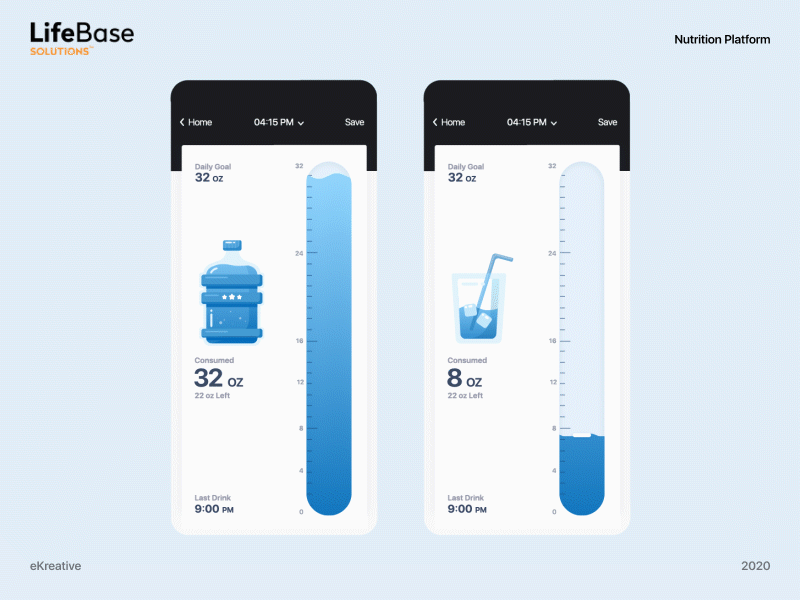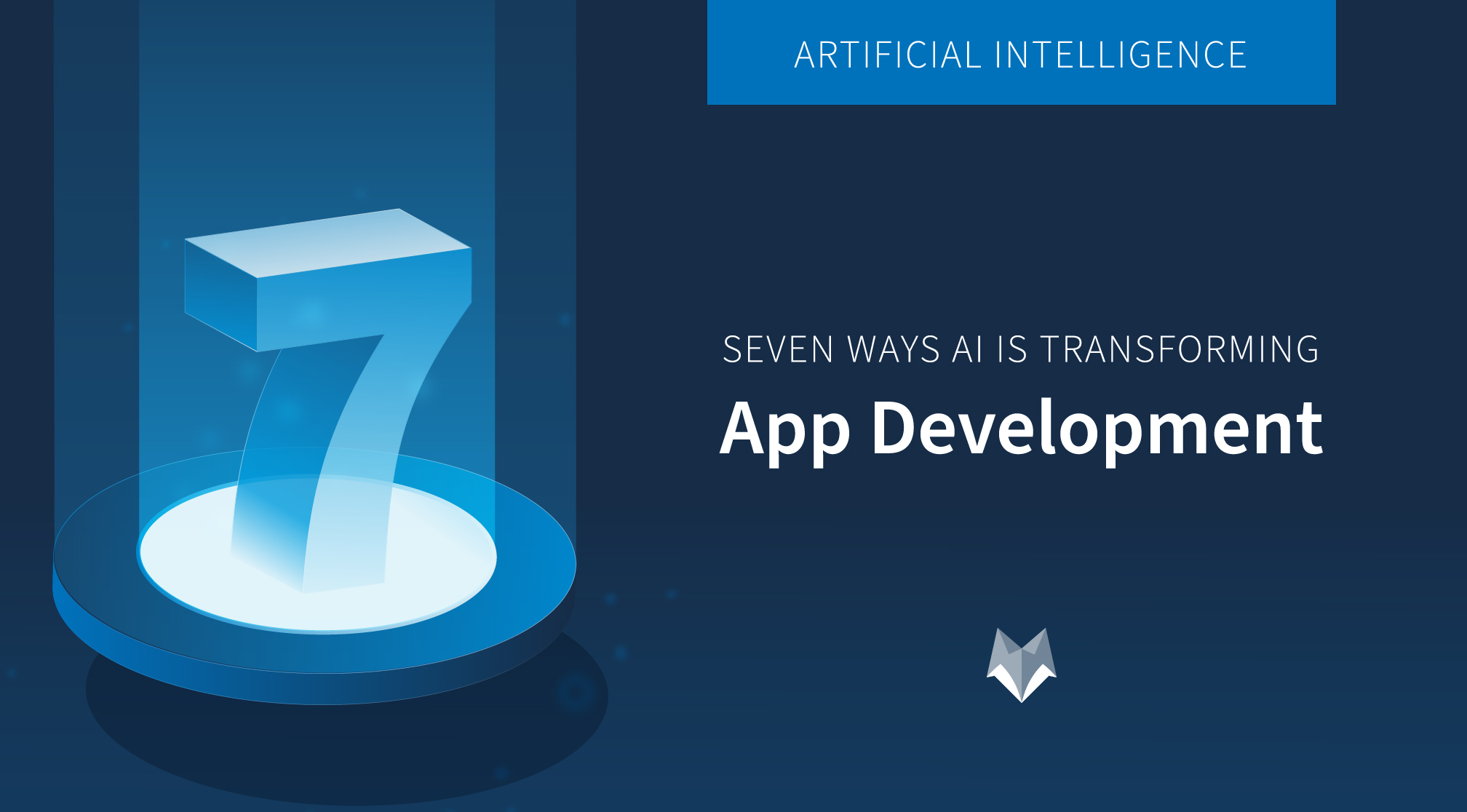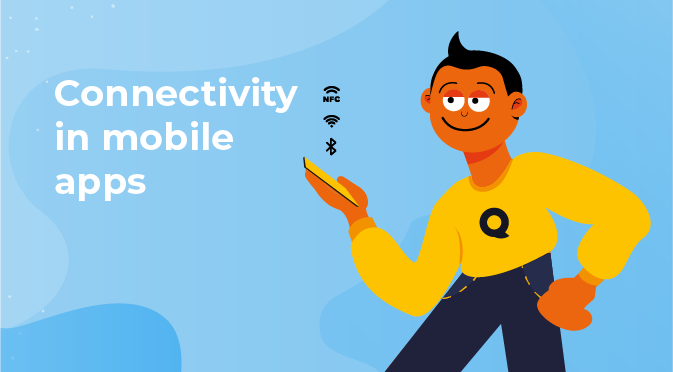The Evolution of App Monetization: Origins and Outlook
August 21st, 2020

This guest-post is courtesy of our partners at [PubNative](https://pubnative.net/).
After the launch of the App Store in 2008, there has been a plethora of mobile app releases every year, and a number of monetization models to accompany them.
In the mobile app landscape, monetization strategies such as paid apps, subscriptions, in-app purchases or in-app advertising can be found. Some apps even use a combination of monetization models. However, over the years, in-app advertising has become by far the most common form of monetization, with free and freemium apps making up almost 95% of the Android app landscape. It is also the monetization method that has been evolving the most in recent years, adapting many of the technologies from desktop display advertising to mobile.
### A Timeline of In-App Advertising
While the first ads on mobile were sent via SMS, it has to be noted that most mobile ads and monetization solutions originated from efforts and technologies first developed for desktop. With WAP (Wireless Application Protocol) display and search ads on mobile browsers, mobile phones were able to display ads since the early 2000s. At that point, the first digital ad networks such as DoubleClick were founded, and were pioneers in monetization methods such as programmatic advertising and keyword targeting. These methods paved the way for digital marketing techniques that became the foundation of mobile marketing today.
Apps and app monetization only emerged with the release of the first smartphones in 2007 and the launch of the app stores in 2008. Since the 2010s, mobile monetization has experienced rapid development. With Facebook’s involvement in mobile ads and the introduction of new ad formats and technologies such as header bidding for mobile apps, publishers and app developers are now able to choose between their preferred monetization models, ad serving methods, and ad formats, all perfectly adaptable to mobile-first strategies.
<Image src="https://res.cloudinary.com/gummicube/image/upload/v1708646155/upload/community/2165573533.png" width="247" height="247" />
What becomes evident by looking at the timeline is the speed at which new technologies were developed, released and regulated by association such as IAB or MMA. With what feels like endless new possibilities, new ad formats such as mobile VR advertising are introduced constantly. In terms of technologies, more and more companies launch in-app bidding solutions to create a more transparent and fair mobile ad environment.
### How Did Ad Formats Evolve?
The first mobile advertising efforts in the early 2000s were mostly inherited from display ads on desktop, mirrored on mobile web browsers, without giving much thought to mobile-friendly design and UI. Only years later, technologies such as push notifications were developed exclusively for mobile. This led to the mobile advertising economy turning into a playground for innovative and interactive ad formats.
Today, the most common mobile ad formats include:
* Display banner ads
* Native ads
* Video interstitials
* Rewarded video
* Interstitial ads (pop up full-screen banner ads)
* Rich media ads (interactive, playable ads)
The list includes the top categories of ad formats, however, as ad formats become more creative, the impact of old formats such as simple display ads wears off. The longer the ad format has been in use, the less often it catches the users’ attention. By creating new visual stimuli, the ad effect increases. With products and services shifting to a mobile-first focus, interactive ads hold a special role within the mobile ad industry. But even without making room for innovative ad placements, there are ways to increase mobile ad revenue.
### The Future of Mobile Monetization
In the near future, the mobile advertising market will only keep on growing, as smartphones become increasingly common for people worldwide, with 7.33 billion global mobile users predicted by 2023. Following this trend, mobile ad revenues are predicted to cross the 240 billion US dollar mark by 2022.
When it comes to maximizing ad revenue in the future, publishers and app developers need to find the right formats to show ads without interrupting user experiences. Knowing about each format’s strength is essential. For example, rewarded videos drive engagement and are especially popular among users within the gaming app vertical. The effects of rewarded videos on engagement in other app verticals, however, have not been explored much yet. Therefore, to effectively introduce new ad formats and increase your mobile ad revenue, knowing your audience is key.
## Improving Mobile Ad Visibility Through App Store Optimization
Once your target group has been identified, there are several methods to reach it. One of them is [App Store Optimization](https://www.gummicube.com/) (ASO), the practice of increasing app visibility and conversion rates with the main focus on the iOS App Store and Google Play Store. Leading ASO software provider Gummicube states that 63% of apps are discovered by app store search. Therefore, when thinking about improving mobile monetization revenue, it is important to keep your app store listing in mind. Following the best practices of ASO for an app vertical ensures maximum reach and opens up new ad revenue potential. In the end, it comes down to reach and visibility: the more users notice an app, the more ad impressions it can generate. Especially for fast growing markets with highly competitive eCPM prices, the revenue potential increases with the amount of ad impressions served.
## Overcoming Future Challenges
Every now and then speed bumps appear in the path of a successful mobile monetization strategy. One of them recently presented itself as Apple announced its new privacy regulations regarding its advertising identifier IDFA in the upcoming iOS 14 update. The update forces both advertisers and publishers to adapt a privacy-first monetization strategy, asking users to opt-in to see personalized ads at the first start of the app. To ensure that publishers and app developers are prepared for the launch of iOS 14, Verve Group has put together a [publisher guide](https://pubnative.net/publisher-guide-ios-14/) including a checklist on steps to take before Apple’s update is launched.
### About the Author
PubNative, now part of Verve Group, is a mobile publisher platform and programmatic ad exchange, providing advanced monetization solutions for mobile app developers. With its proprietary cross-format optimization technology and mobile in-app bidding solution, PubNative enables mobile publishers to maximize their programmatic advertising revenue via flexible integrations (API, SDK, JavaScript).
The company is headquartered in Berlin with satellite offices in Beijing and Seoul.
Similar Articles

Posted on March 18th, 2021
The future of technology is AI and the future of AI is mobile. The latest data shows that the market size of artificial intelligence was valued at $27.23 billion in 2019, this figure is projected to reach $266.92 billion by 2027 (Fortune Business Insights, 2020).

Posted on February 24th, 2021
This guest-post is courtesy of our partners at Input Logic.

Posted on December 11th, 2020
Today nobody can imagine life without smartphones. They connect us with our friends and family, and provide entertainment and access to social media. That is why mobile phones have become an integral part of everyday life.




